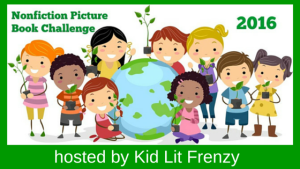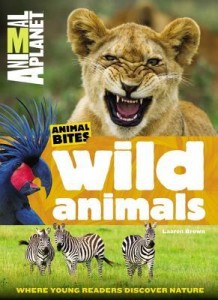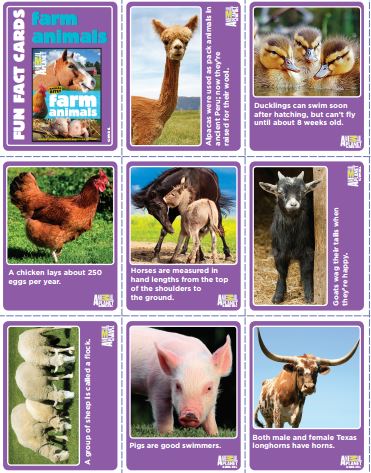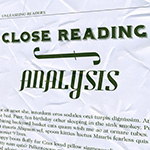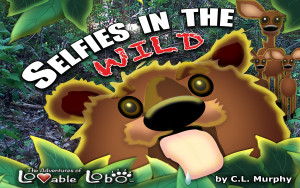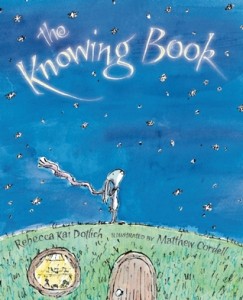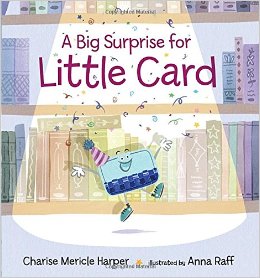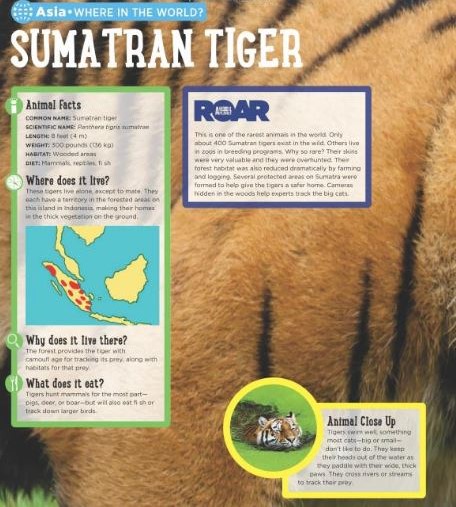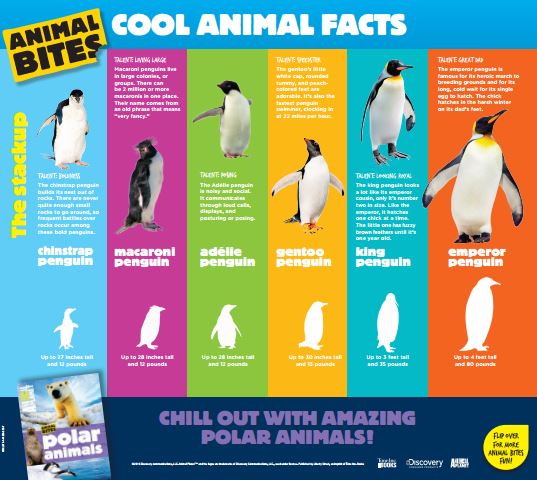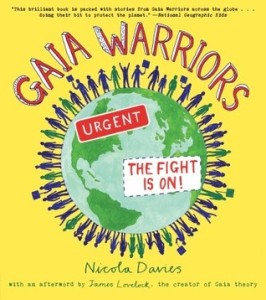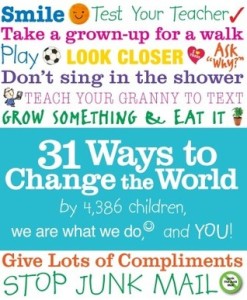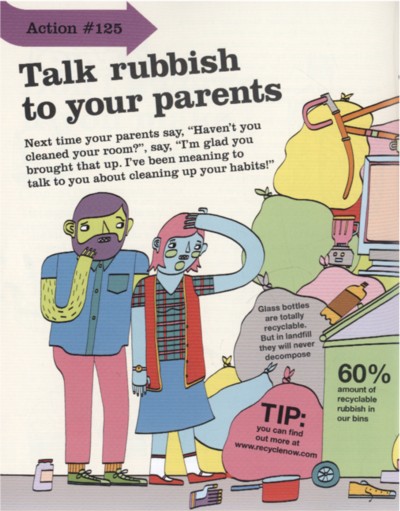Nonfiction Wednesday
Nonfiction Picture Book Wednesday is hosted by Kid Lit Frenzy and was started to help promote the reading of nonfiction texts. Most Wednesdays, we will be participating and will review a nonfiction text (though it may not always be a picture book).
Be sure to visit Kid Lit Frenzy and see what other nonfiction books are shared this week!
Farm Animals
Wild Animals
Animal Planet
Published June 21, 2016 by Animal Planet
Farm Animals Summary: With more than 200 gorgeous animal photos of cows, pigs, sheep, goats, chickens, llamas, and many others, Animal Planet Farm Animals is a fun, habitat-by-habitat guide that provides kids in the first years of schooling with the perfect bite-sized view of their favorite farm animals. Arranged thematically with focus on animal behavior and family relationships, young readers will explore sections about animal bodies, baby animals, food, play time, conservation and more. Special book features designed for this age group include Quick Bites sidebars with cool animal facts, simple infographics, and illustrated maps of life in on the farm and at the petting zoo.
Wild Animals Summary: With more than 200 gorgeous animal photos of lions, giraffes, ibexes, flamingos, hippopotamuses, and many others, Animal Planet Wild Animals is a fun, habitat-by-habitat guide that provides kids in the first years of schooling with the perfect bite-sized view of their favorite wild animals. Arranged thematically with focus on animal behavior and family relationships, young readers will explore sections about animal bodies, baby animals, food, play time, conservation and more. Special book features designed for this age group include Quick Bites sidebars with cool animal facts, simple infographics, and illustrated maps of life in the African savannah and Amazon rain forest.
A portion of the proceeds will benefit Animal Planet’s R.O.A.R. (Reach Out. Act. Respond.) project which partners with leading animal organization to make the world a better place for domestic and wild animals.
Kellee’s Review: I am so glad that Animal Planet is publishing this series that focuses on a different group of animals in each one. As a mom to a son that truly adores all types of animals, I am so glad that there are the variety of quality nonfiction animal texts out there for readers to access.
Ricki’s Review: My son can’t get enough of these books. We have read all of the Animal Bites series books thus far, and he constantly brings them to me to read. I like them, too, because I can learn so much from each of the pages. The photography is beautiful and they are very nicely formatted. While my toddler is probably the age demographic that these are marketed to, I think it shows that these books will be appreciated by kids (and adults!) of all ages.
Teachers’ Tools for Navigation: There are a wide variety of tools in these books that make it very easy for teachers to use them. They have colorful tabs, activities, resources, etc. I’d love to take each of the books in these series and create literature circles. It would be neat for each literature circle to pick out five interesting things they learned to share with the other groups. I imagine this would create interest and make the students more interested in reading the other books in the series.
Discussion Questions: What are some of your favorite facts from the books?; How do these books help you discover nature and animals more? How are the books formatted in ways that appeal to you visually? Which animal is your favorite, and why?
We Flagged: Some of the activities in these books sound like great fun:
In the farm activities section, for example, you can “race to the barn” with three other friends. Each of you will imitate an animal’s behavior from the text. You will see which animal probably moves the fastest. Also in this section, there is a craft section on how to make a flock of sheep!
Check out any of the Animal Bites books to find more activities to do in conjunction to the texts and information.
Animal Planet has also created FUN FACT cards for each of their Animal Bites books that can be accessed fore free HERE.
Read This If You Loved: Animal Planet’s Animal Bites: Ocean Animals and Polar Animals, National Geographic nonfiction animal texts, Seymour Simon animal texts, Extreme Ocean Records by Seymour Simon
Recommended For:
